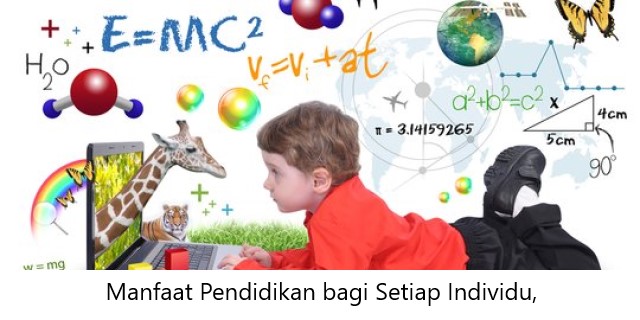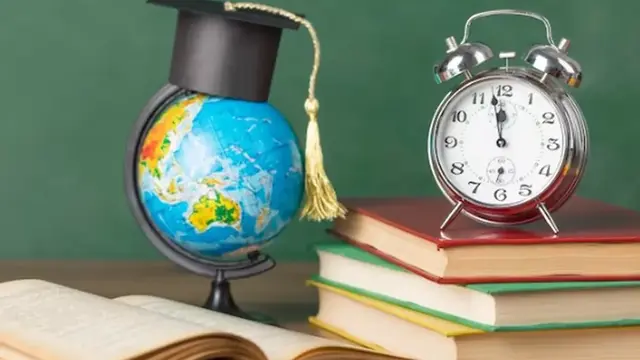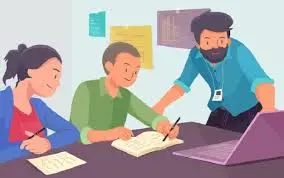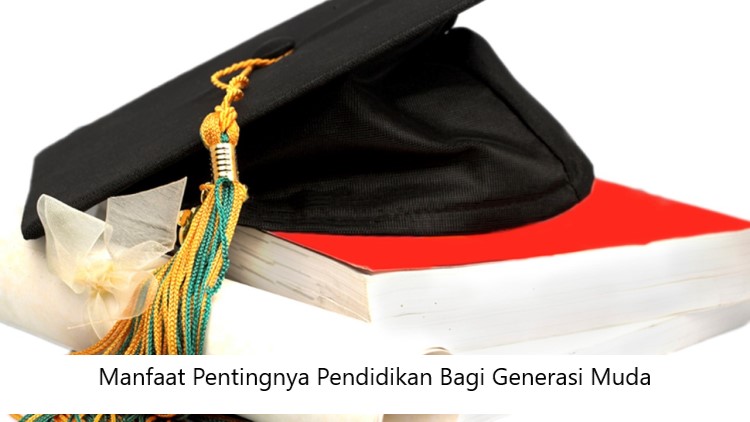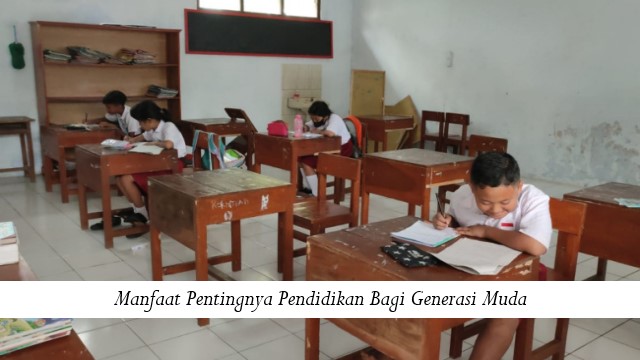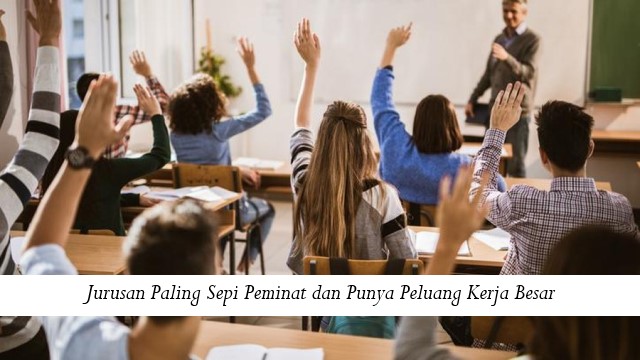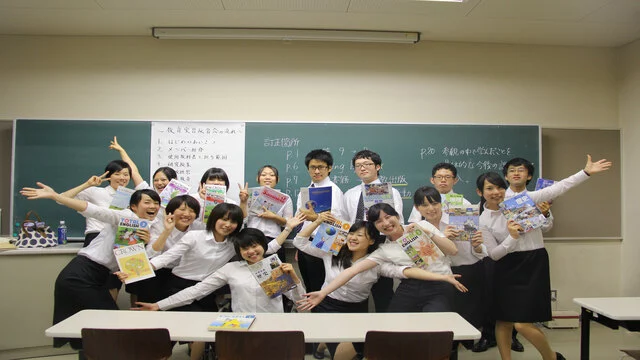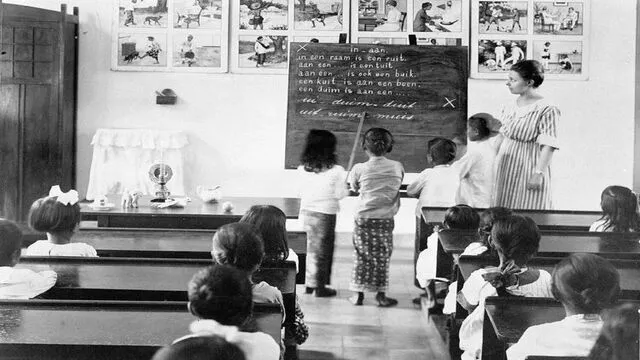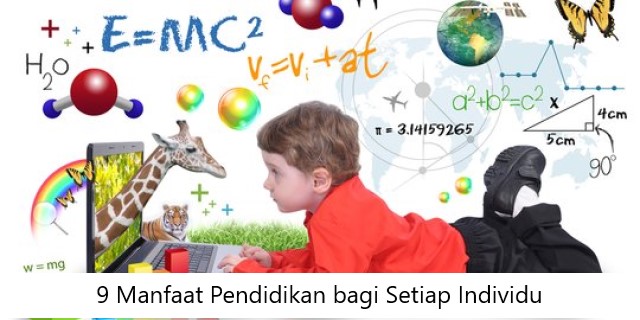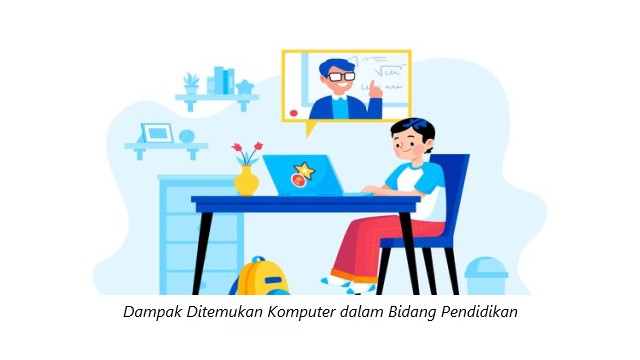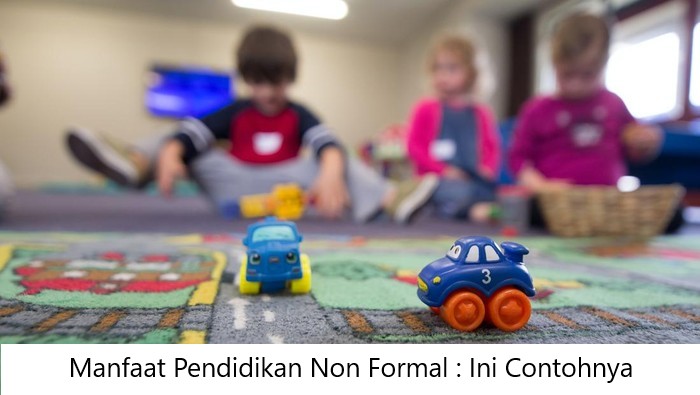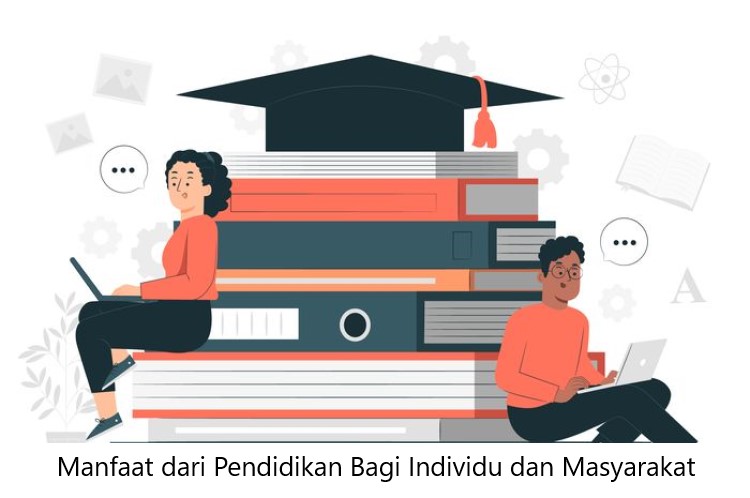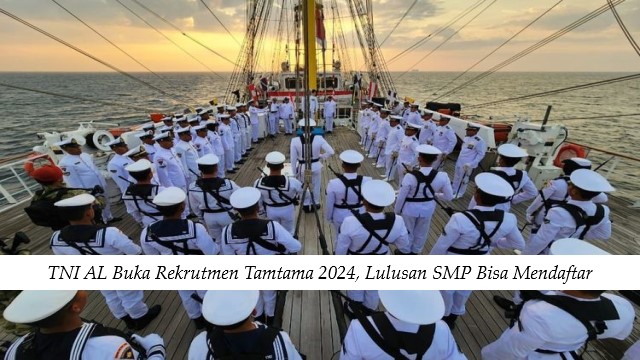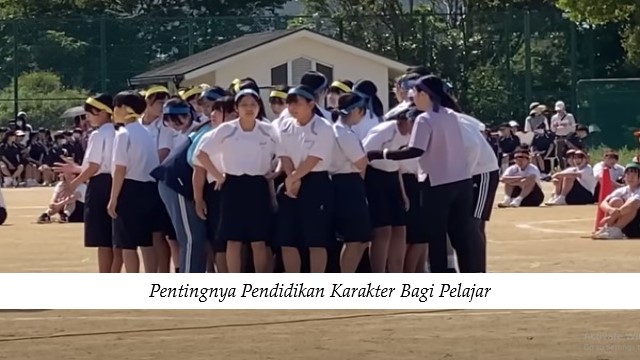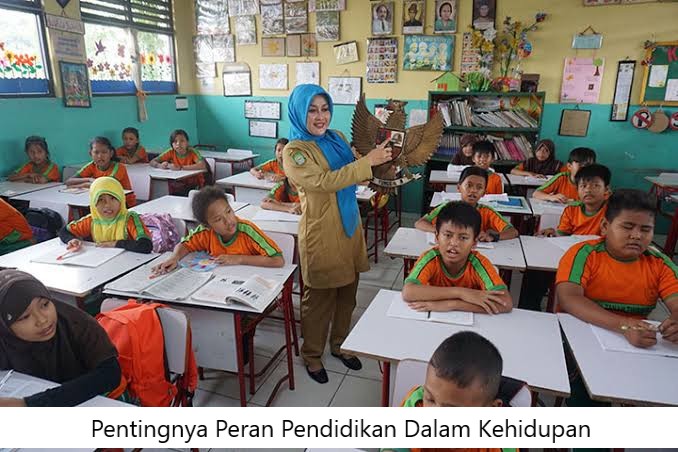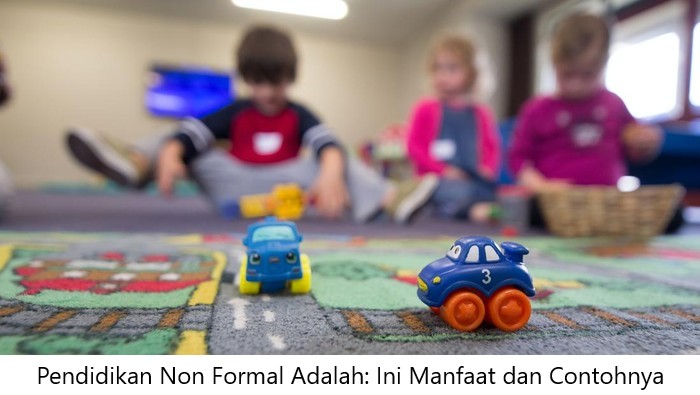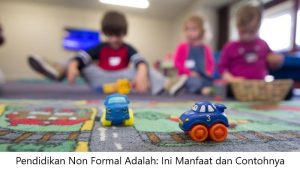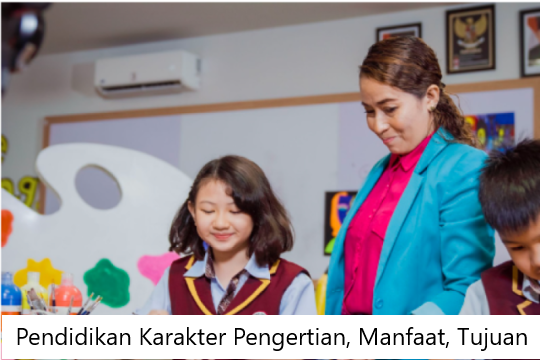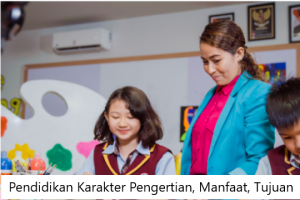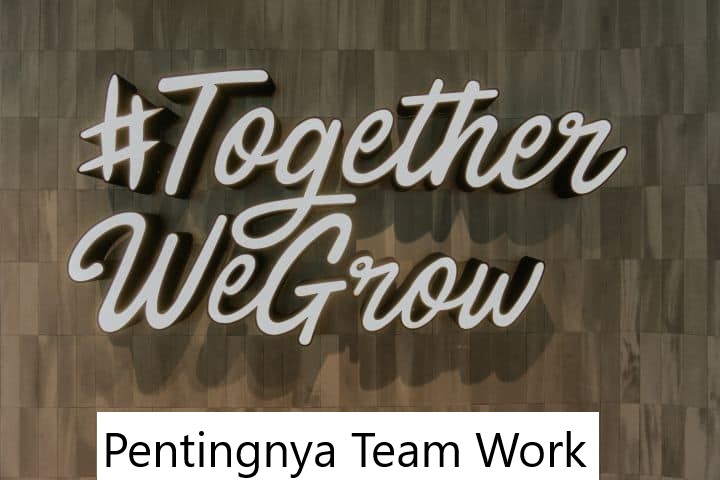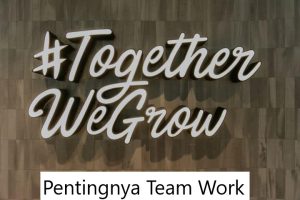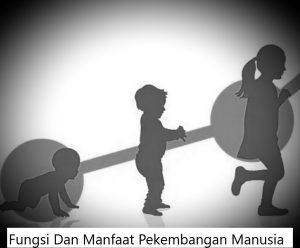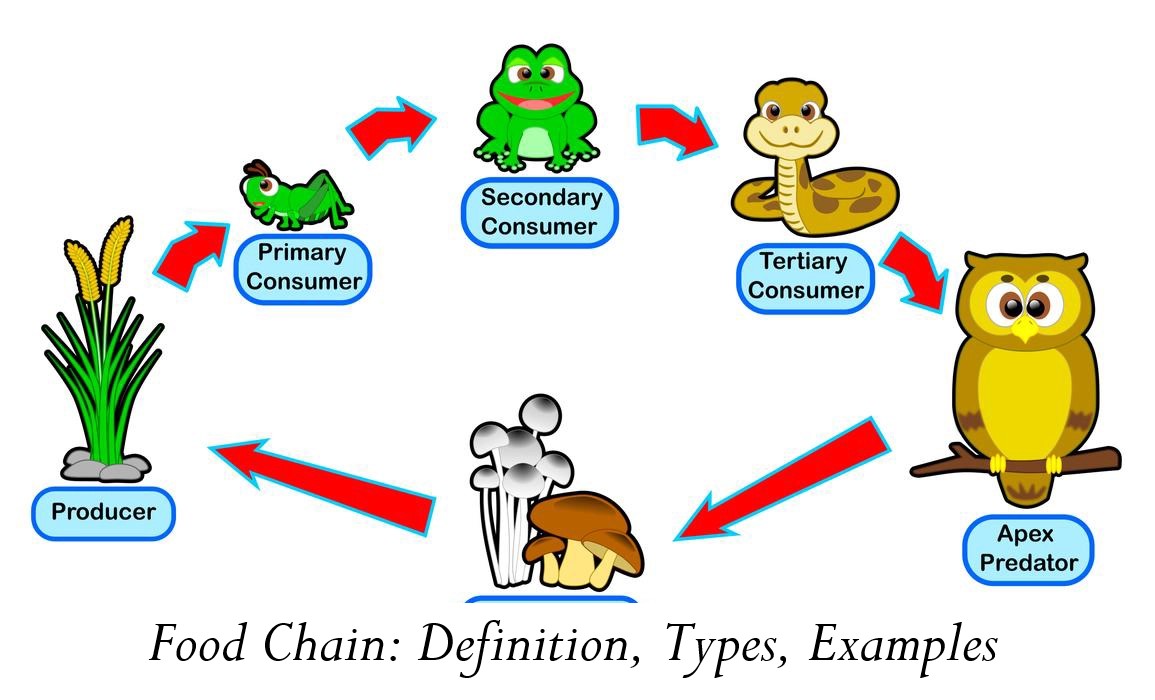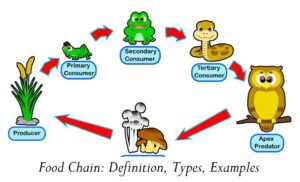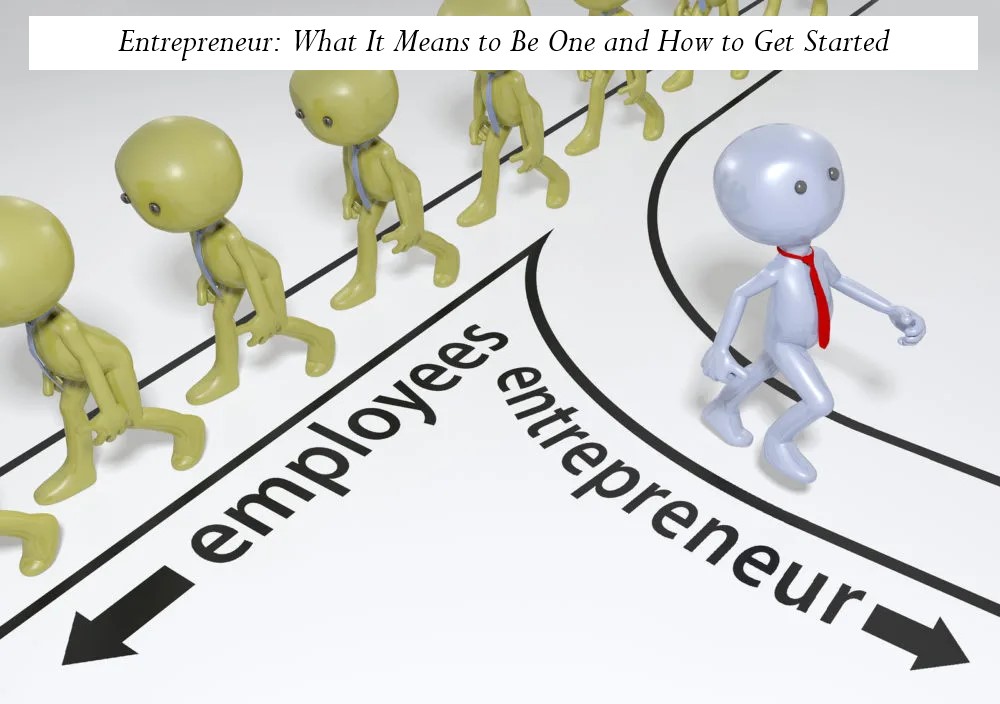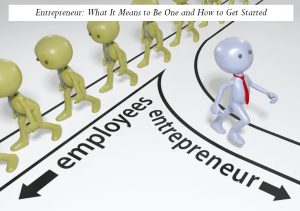
www.jyoungblood.com – Learn about the challenges facing entrepreneurs as they start new businesses
What Is an Entrepreneur?
An entrepreneur is an individual who creates a new business, bearing most of the risks and enjoying most of the rewards. The process of setting up a business is known as entrepreneurship.
Entrepreneurs play a key role in any economy, using the skills and initiative necessary to anticipate needs and bring new ideas to market. Entrepreneurship that proves to be successful in taking on the risks of creating a startup is rewarded with profits and growth opportunities.
Key Takeaways
- A person who undertakes the risk of starting a new business venture is called an entrepreneur.
- An entrepreneur creates a firm to realize their idea, known as entrepreneurship, which aggregates capital and labor in order to produce goods or services for profit.
- Entrepreneurship is highly risky but also can be highly rewarding, as it serves to generate economic wealth, growth, and innovation.
- Ensuring funding is key for entrepreneurs: Financing resources include Small Business Administration loans and crowdfunding.
- The way entrepreneurs file and pay taxes will depend on how the business is set up in terms of structure.
Why Are Entrepreneurs Important?
Entrepreneurship is one of the resources economists categorize as integral to production, the other three being land/natural resources, labor, and capital. An entrepreneur combines the first three of these to manufacture goods or provide services. They typically create a business plan, hire labor, acquire resources and financing, and provide leadership and management for the business.
Economists have never had a consistent definition of “entrepreneur” or “entrepreneurship” (the word “entrepreneur” comes from the French verb entreprendre, meaning “to undertake”). Though the concept of an entrepreneur existed and was known for centuries, the classical and neoclassical economists left entrepreneurs out of their formal models. They assumed that perfect information would be known to fully rational actors, leaving no room for risk-taking or discovery. It wasn’t until the middle of the 20th century that economists seriously attempted to incorporate entrepreneurship into their models.
Three thinkers were central to the inclusion of entrepreneurs: Joseph Schumpeter, Frank Knight, and Israel Kirzner.1 Schumpeter suggested that entrepreneurs—not just companies—were responsible for the creation of new things in the search for profit. Knight focused on entrepreneurs as the bearers of uncertainty and believed they were responsible for risk premiums in financial markets. Kirzner thought of entrepreneurship as a process that led to the discovery of opportunities.
Fast-forward to today, entrepreneurs commonly face many obstacles when building their companies. The three that many of them cite as the most challenging include overcoming bureaucracy, hiring talent, and obtaining financing.
What Are Different Types of Entrepreneurs?
Not every entrepreneur is the same and not all have the same goals. Here are a few types of entrepreneurs:
Builder
Builders seek to create scalable businesses within a short time frame. Builders typically pass $5 million in revenue in the first two to four years and continue to build up until $100 million or beyond. These individuals seek to build out a strong infrastructure by hiring the best talent and seeking the best investors. Sometimes, they have temperamental personalities that are suited to the fast growth they desire but may make personal and business relationships difficult.2
Opportunist
Opportunistic entrepreneurs are optimistic individuals with the ability to pick out financial opportunities, get in at the right time, stay on board during the time of growth, and exit when a business hits its peak.
These types of entrepreneurs are concerned with profits and the wealth they will build, so they are attracted to ideas where they can create residual or renewal income. Because they are looking to find well-timed opportunities, opportunistic entrepreneurs can be impulsive.2
Innovator
Innovators are those rare individuals that come up with a great idea or product that no one has thought of before. Think of Thomas Edison, Steve Jobs, and Mark Zuckerberg. These individuals worked on what they loved and found business opportunities through their vision and ideas.
Rather than focusing on money, innovators tend to care more about the impact that their products and services have on society. These individuals are not the best at running a business as they are idea-generating individuals, so they often leave the day-to-day operations to those more capable in that respect.2
Specialist
These individuals are analytical and risk-averse. They have a strong skill set in a specific area obtained through education or apprenticeship. A specialist entrepreneur will build out their business through networking and referrals, sometimes resulting in slower growth than a builder entrepreneur.2
4 Types of Entrepreneurship
As there are different types of entrepreneurs, there are also different types of businesses they create. Below are the main different types of entrepreneurship.
Small-business
Small business entrepreneurship refers to opening a business without turning it into a large conglomerate or opening many chains. A single-location restaurant, one grocery shop, or a retail shop to sell goods or services would all be examples of small business entrepreneurship.
These people usually invest their own money and succeed if their businesses turn a profit, which serves as their income. Sometimes, they don’t have outside investors and will only take a loan if it helps continue the business.
Scalable startup
These are companies that start with a unique idea that can be built to a large scale—think Silicon Valley. The hopes are to innovate with a unique product or service and continue growing the company, continuously scaling up over time. These types of companies often require investors and large amounts of capital to grow their idea and expand into multiple markets.
Large-company
Large company entrepreneurship is a new business division created within an existing company. The existing company may be well placed to branch out into other sectors or it may be positioned well to become involved in new technology.
CEOs of these companies either foresee a new market for the company or individuals within the company generate ideas that they bring to senior management to start the process and development.
Social entrepreneurship
The goal of social entrepreneurship is to create a benefit to society and humankind. This form of business focuses on helping communities or the environment through their products and services. They are not driven by profits but rather by helping the world around them.
How to Become an Entrepreneur
After retiring her professional dancing shoes, Judi Sheppard Missett became an entrepreneur by teaching a dance class in order to earn some extra cash. But she soon learned that women who came to her studio were less interested in learning precise steps than they were in losing weight and toning up. Sheppard Missett then trained instructors to teach her routines to the masses, and Jazzercise was born. Soon, a franchise deal followed and today, the company has more than 8,300 locations worldwide.3
Following an ice cream–making correspondence course, two entrepreneurs, Jerry Greenfield and Ben Cohen, paired $8,000 in savings with a $4,000 loan, leased a Burlington, Vt., gas station, and purchased equipment to create uniquely flavored ice cream for the local market.4 Today, Ben & Jerry’s hauls in millions in annual revenue.
In the 21st century, the example of Internet giants like Alphabet, the parent company to Google (GOOG), and Meta (META; formerly Facebook), both of which have made their founders wildly wealthy, have been clear examples of the lasting impact of entrepreneurs on society.
Unlike traditional professions, where there is often a defined path to follow, the road to entrepreneurship is mystifying to most. What works for one entrepreneur might not work for the next and vice versa. That said, there are seven general steps that many successful entrepreneurs have followed:
Ensure financial stability
This first step is not a strict requirement but is definitely recommended. While entrepreneurs have built successful businesses while being less than financially flush, starting out with an adequate cash supply and stable ongoing funding is a great foundation.
This increases an entrepreneur’s personal financial runway and gives them more time to work on building a successful business, rather than worrying about having to keep raising money or paying back short-term loans.
Build a diverse skill set
Once a person has strong finances, it is important to build a diverse set of skills and then apply those skills in the real world. The beauty of step two is it can be done concurrently with step one.
Building a skill set can be achieved through learning and trying new tasks in real-world settings. For example, if an aspiring entrepreneur has a background in finance, they can move into a sales role at their existing company to learn the soft skills necessary to be successful. Once a diverse skill set is built, it gives an entrepreneur a toolkit that they can rely on when they are faced with the inevitability of tough situations.
Much has been discussed about whether going to college is necessary to become a successful entrepreneur. Many well-known entrepreneurs are famous for having dropped out of college: Steve Jobs, Mark Zuckerberg, and Larry Ellison, to name a few.
Though going to college isn’t necessary to build a successful business, it can teach young individuals a lot about the world in many other ways. And these famous college dropouts are the exception rather than the norm. College may not be for everyone and the choice is personal, but it is something to think about, especially with the high price tag of a college education in the U.S
Consume content across multiple channels
As important as developing a diverse skill set is, the need to consume a diverse array of information and knowledge-building materials is equally so. This content can be in the form of podcasts, books, articles, or lectures. The important thing is that the content, no matter the channel, should be varied in what it covers. Aspiring entrepreneurs should always familiarize themselves with the world around them so they can look at industries with a fresh perspective, giving them the ability to build a business around a specific sector.
Identify a problem to solve
Through the consumption of content across multiple channels, an aspiring entrepreneur is able to identify various problems in need of solutions. One business adage dictates that a company’s product or service needs to solve a specific pain point, either for another business or for a consumer group. Through the identification of a problem, an aspiring entrepreneur is able to build a business around solving that problem.
It is important to combine steps three and four so it is possible to identify a problem to solve by looking at various industries as an outsider. This often provides an aspiring entrepreneur with the ability to see a problem others might not.
Solve That Problem
Successful startups solve a specific pain point for other companies or for the public. This is known as “adding value within the problem.” Only through adding value to a specific problem or pain point does an entrepreneur become successful.
Say, for example, you identify that the process for making a dental appointment is complicated for patients, and dentists are losing customers as a result. The value could be to build an online appointment system that makes it easier to book appointments.
Network like crazy
Most entrepreneurs can’t do it alone. The business world is a cutthroat one and getting any help you can will likely help and reduce the time it takes to achieve a successful business. Networking is critical for any new entrepreneur. Meeting the right people who can introduce you to contacts in your industry, such as the right suppliers, financiers, and even mentors, can mean the difference between success and failure.
Attending conferences, emailing and calling people in the industry, speaking to your cousin’s friend’s brother who is in a similar business, will help you get out into the world and discover people who can guide you. Once you have your foot in the door with the right people, conducting a business becomes easier.
Lead by example
Every entrepreneur needs to be a leader within their company. Simply doing the day-to-day requirements will not lead to success. A leader needs to work hard, motivate, and inspire their employees to reach their best potential, which will lead to the success of the company.
Look at some of the greatest and most successful companies; all of them have had great leaders. Apple and Steve Jobs, Bill Gates and Microsoft, Bob Iger and Disney, are just a few examples. Study these people and read their books to see how to be a great leader and become the leader that your employees can follow by the example you set.
Entrepreneurship Financing
Given the riskiness of a new venture, the acquisition of capital funding is particularly challenging, and many entrepreneurs deal with it via bootstrapping: financing a business using methods such as using their own money, providing sweat equity to reduce labor costs, minimizing inventory, and factoring receivables.
While some entrepreneurs are lone players struggling to get small businesses off the ground on a shoestring, others take on partners armed with greater access to capital and other resources. In these situations, new firms may acquire financing from venture capitalists, angel investors, hedge funds, crowdfunding, or through more traditional sources such as bank loans.
Resources for entrepreneurs
There are a variety of financing resources for entrepreneurs starting their own businesses. Obtaining a small business loan through the Small Business Administration (SBA) can help entrepreneurs get the business off the ground with affordable loans. Here, the SBA helps connect businesses to loan providers.
If entrepreneurs are willing to give up a piece of equity in their business, then they may find financing in the form of angel investors and venture capitalists. These types of investors also provide guidance, mentorship, and connections in addition to capital.
Crowdfunding has also become a popular way for entrepreneurs to raise capital, particularly through Kickstarter or Indiegogo. In this way, an entrepreneur creates a page for their product and a monetary goal to reach while promising certain givebacks to those who donate, such as products or experiences.
Bootstrapping for entrepreneurs
Bootstrapping refers to building a company solely from your savings as an entrepreneur as well as from the initial sales made from your business. This is a difficult process as all the financial risk is placed on the entrepreneur and there is little room for error. If the business fails, the entrepreneur also may lose all of their life savings.
The advantage of bootstrapping is that an entrepreneur can run the business with their own vision and no outside interference or investors demanding quick profits. That being said, sometimes having an outsider’s assistance can help a business rather than hurt it. Many companies have succeeded with a bootstrapping strategy, but it is a difficult path.
Small business vs. entrepreneurship
A small business and entrepreneurship have a lot in common but they are different. A small business is a company—usually, a sole-proprietorship or partnership—that is not a medium-sized or large-sized business, operates locally, and does not have access to a vast amount of resources or capital.
Entrepreneurship is when an individual who has an idea acts on that idea, usually to disrupt the current market with a new product or service. Entrepreneurship usually starts as a small business but the long-term vision is much greater, to seek high profits and capture market share with an innovative new idea.
How entrepreneurs make money
Entrepreneurs seek to generate revenues that are greater than costs. Increasing revenues is the goal and that can be achieved through marketing, word-of-mouth, and networking. Keeping costs low is also critical as it results in higher profit margins. This can be achieved through efficient operations and eventually economies of scale.
How do taxes work for entrepreneurs?
The taxes you will pay as an entrepreneur will depend on how you structure your business.
Sole proprietorship: A business set up this way is an extension of the individual. Business income and expenses are filed on Schedule C on your U.S. personal tax return and you are taxed at your individual tax rate.5
Partnership: For tax purposes, a partnership functions the same way as a sole proprietorship in the U.S., with the only difference being that income and expenses are split amongst the partners.
Entrepreneurs operating as sole proprietors can deduct any legitimate business expenses from their income to lower their tax bill. This includes expenses such as their home office and utilities, mileage for business travel, advertising, and travel expenses.6
C-corporation: A C-corporation is a separate legal entity and has separate taxes filed with the IRS from the entrepreneur. The business income will be taxed at the corporate tax rate rather than the personal income tax rate.7
Limited liability company (LLC) or S-corporation: These two options are taxed in the same manner as a C-corporation but usually at lower amounts.8
7 Characteristics of Entrepreneurs
What else do entrepreneurial success stories have in common? They invariably involve industrious people diving into things they’re naturally passionate about.
Giving credence to the adage, “find a way to get paid for the job you’d do for free,” passion is arguably the most important attribute entrepreneurs must have, and every edge helps.
While the prospect of becoming your own boss and raking in a fortune is alluring to entrepreneurial dreamers, the possible downside to hanging out one’s own shingle is vast. Income isn’t guaranteed, employer-sponsored benefits go by the wayside, and when your business loses money, your personal assets can take a hit; it’s not a corporation’s bottom line. But adhering to a few tried and true principles can go a long way in diffusing risk. The following are a few characteristics required to be a successful entrepreneur.
1. Versatility
When starting out, it’s essential to personally handle sales and other customer interactions whenever possible. Direct client contact is the clearest path to obtaining honest feedback about what the target market likes and what you could be doing better. If it’s not always practical to be the sole customer interface, entrepreneurs should train employees to invite customer comments as a matter of course. Not only does this make customers feel empowered, but happier clients are more likely to recommend businesses to others.
Personally answering phones is one of the most significant competitive edges home-based entrepreneurs hold over their larger competitors. In a time of high-tech backlash, where customers are frustrated with automated responses and touch-tone menus, hearing a human voice is one surefire way to entice new customers and make existing ones feel appreciated—an important fact, given that a significant percentage of business is generated from repeat customers.
Paradoxically, while customers value high-touch telephone access, they also expect a highly polished website. Even if your business isn’t in a high-tech industry, entrepreneurs still must exploit internet technology to get their message across. A startup garage-based business can have a superior website to an established company valued at $100 million. Just make sure a live human being is on the other end of the phone number listed.
2. Flexibility
Few successful business owners find perfect formulas straight out of the gate. On the contrary: ideas must morph over time. Whether tweaking product design or altering food items on a menu, finding the perfect sweet spot takes trial and error.
Former Starbucks Chair and CEO Howard Schultz initially thought playing Italian opera music over store speakers would accentuate the Italian coffeehouse experience he was attempting to replicate. But customers saw things differently and didn’t seem to like arias with their espressos. As a result, Schultz jettisoned the opera and introduced comfortable chairs instead.
3. Money savviness
At the heart of any successful new business, is steady cash flow, which is essential for purchasing inventory, paying rent, maintaining equipment, and promoting the business. The key to staying in the black is rigorous, regular cash flow management. And since most new businesses don’t make a profit within the first year, by setting money aside for this contingency, entrepreneurs can help mitigate the risk of falling short of funds. Related to this, it’s essential to keep personal and business costs separate, and never dip into business funds to cover the costs of daily living.
Of course, it’s important to pay yourself a realistic salary that allows you to cover essentials, but not much more—especially where investors are involved. Of course, such sacrifices can strain relationships with loved ones who may need to adjust to lower standards of living and endure worry over risking family assets. For this reason, entrepreneurs should communicate these issues well ahead of time, and make sure significant loved ones are on board.
4. Resiliency
Running your own business is extremely difficult, especially getting one started from scratch. It requires a lot of time, dedication, and often failure. A successful entrepreneur must show resilience to all the difficulties on the road ahead. Whenever they meet with failure or rejection they must keep pushing forward.
Starting your business is a learning process and any learning process comes with a learning curve, which can be frustrating, especially when money is on the line. It’s important never to give up through the difficult times if you want to succeed.
5. Focus
Similar to resilience, a successful entrepreneur must stay focused and eliminate the noise and doubts that come with running a business. Becoming sidetracked, not believing in your instincts and ideas, and losing sight of the end goal is a recipe for failure. A successful entrepreneur must always remember why they started the business and remain on course to see it through.
6. Business smarts
Knowing how to manage money and understanding financial statements are critical for anyone running their own business. Knowing your revenues, your costs, and how to increase or decrease them, respectively, is important. Making sure you don’t burn through cash will allow you to keep the business alive.
Implementing a sound business strategy, knowing your target market, your competitors, and your strengths and weaknesses will allow you to maneuver the difficult landscape of running your business.
7. Communication skills
Successful communication is important in almost every facet of life, regardless of what you do. It is also of the utmost importance in running a business. From conveying your ideas and strategies to potential investors to sharing your business plan with your employees and negotiating contracts with suppliers—all require successful communication.
Entrepreneurship in Economics
In economist-speak, an entrepreneur acts as a coordinating agent in a capitalist economy. This coordination takes the form of resources being diverted toward new potential profit opportunities. The entrepreneur moves various resources, both tangible and intangible, promoting capital formation.
In a market full of uncertainty, it is the entrepreneur who can actually help clear up uncertainty, as they make judgments or assume risk. To the extent that capitalism is a dynamic profit-and-loss system, entrepreneurs drive efficient discovery and consistently reveal knowledge.
Established firms face increased competition and challenges from entrepreneurs, which often spurs them toward research and development efforts as well. In technical economic terms, the entrepreneur disrupts the course toward steady-state equilibrium.
How entrepreneurship helps economies
Nurturing entrepreneurship can have a positive impact on an economy and society in several ways. For starters, entrepreneurs create new businesses. They invent goods and services, resulting in employment, and often create a ripple effect, resulting in more and more development. For example, after a few information technology companies began in India in the 1990s, businesses in associated industries, like call center operations and hardware providers, began to develop too, offering support services and products.
Entrepreneurs add to the gross national income. Existing businesses may remain confined to their markets and eventually hit an income ceiling. But new products or technologies create new markets and new wealth. Additionally, increased employment and higher earnings contribute to a nation’s tax base, enabling greater government spending on public projects.
Entrepreneurs create social change. They break tradition with unique inventions that reduce dependence on existing methods and systems, sometimes rendering them obsolete. Smartphones and their apps, for example, have revolutionized work and play across the globe.
Entrepreneurs invest in community projects and help charities and other non-profit organizations, supporting causes beyond their own. Bill Gates, for example, has used his considerable wealth for education and public health initiatives.
Entrepreneurial ecosystems
Research shows that high levels of self-employment can stall economic development: Entrepreneurship, if not properly regulated, can lead to unfair market practices and corruption, and too many entrepreneurs can create income inequalities in society. Overall, though, entrepreneurship is a critical driver of innovation and economic growth. Therefore, fostering entrepreneurship is an important part of the economic growth strategies of many local and national governments around the world.
To this end, governments commonly assist in the development of entrepreneurial ecosystems, which may include entrepreneurs themselves, government-sponsored assistance programs, and venture capitalists. They may also include non-government organizations, such as entrepreneurs’ associations, business incubators, and education programs.
California’s Silicon Valley is often cited as an example of a well-functioning entrepreneurial ecosystem. The region has a well-developed venture capital base, a large pool of well-educated talent, especially in technical fields, and a wide range of government and non-government programs fostering new ventures and providing information and support to entrepreneurs.
Questions for Entrepreneurs
Embarking on the entrepreneurial career path to “being your own boss” is exciting. But along with all your research, make sure to do your homework about yourself and your situation.
A few questions to ask yourself:
- Do I have the personality, temperament, and mindset of taking on the world on my own terms?
- Do I have the required resources to devote all my time to my venture?
- Do I have an exit plan ready with a clearly defined timeline in case my venture does not work?
- Do I have a concrete plan for the next “x” number of months or will I face challenges midway due to family, financial, or other commitments? Do I have a mitigation plan for those challenges?
- Do I have the required network to seek help and advice as needed?
- Have I identified and built bridges with experienced mentors to learn from their expertise?
- Have I prepared the rough draft of a complete risk assessment, including dependencies on external factors?
- Have I realistically assessed the potential of my offering and how it will figure in the existing market?
- If my offering is going to replace an existing product in the market, how will my competitors react?
- To keep my offering secure, will it make sense to get a patent? Do I have the capacity to wait until I receive it?
- Have I identified my target customer base for the initial phase? Do I have scalability plans ready for larger markets?
- Have I identified sales and distribution channels?
Questions that delve into external factors:
- Does my entrepreneurial venture meet local regulations and laws? If not feasible locally, can I and should I relocate to another region?
- How long does it take to get the necessary license or permissions from concerned authorities? Can I survive that long?
- Do I have a plan for getting the necessary resources and skilled employees, and have I made cost considerations for the same?
- What are the tentative timelines for bringing the first prototype to market or for services to be operational?
- Who are my primary customers?
- Who are the funding sources I may need to approach to make this big? Is my venture good enough to convince potential stakeholders?
- What technical infrastructure do I need?
- Once the business is established, will I have sufficient funds to get resources and take it to the next level? Will other big firms copy my model and kill my operation?
What Does It Mean to Be an Entrepreneur?
An entrepreneur is an individual who starts their own business based on an idea they have or a product they have created while assuming most of the risks and reaping most of the rewards of the business.
What Is the Best Definition of Entrepreneurship?
Entrepreneurship is the process of setting up a business, taking it from an idea to realization.
What Are the Four Types of Entrepreneurs?
Four types of entrepreneurs include builders, opportunists, innovators, and specialists.
What Are the Seven Characteristics of Entrepreneurs?
Seven primary characteristics among entrepreneurs include versatility, resilience, flexibility, money-savviness, business smarts, focus, and having strong communication skills.
The Bottom Line
An entrepreneur is an individual who takes an idea or product and creates a business, a process known as entrepreneurship. Creating a business requires a lot of work and dedication, which not everyone is cut out for. Entrepreneurs are often young, highly motivated risk-takers who have a vision and often sacrifice a lot to achieve that vision.
Entrepreneurs enter the market because they love what they do, believe their product will have a positive impact, and hope to make profits from their efforts. The steps entrepreneurs take fuel the economy; they create businesses that employ people and make products and services that consumers buy today.

